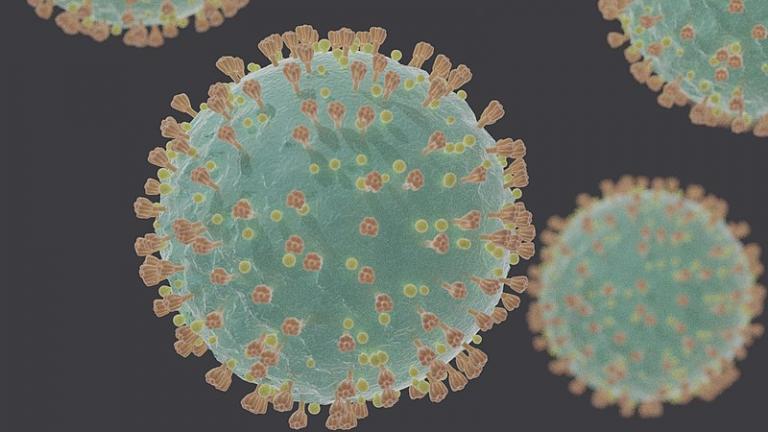Linked to by a second-cousin who’s very big on alternative medicine: “Measles Matters,” published on February 3rd.
I wish they [journalists] would actually listen to the testimonials given to me by parents of autistic children who were obviously affected by these vaccines adversely. I wish they would tell parents that the risk of dying from the measles in the United States is around zero.
. . .
If we discount emotion and fear, we would realize that a child may have a greater chance of getting struck by lightning, accidental drowning or possibly from adverse side effects of the MMR vaccination itself than from acquiring live measles infection.
. . .
Stop hyping the safety of MMR vaccines which may actually be more dangerous than live measles and may be ineffective in preventing the illness which they are so anxious to report as a dangerous epidemic itself.
So: wow. Public awareness of the concept of herd immunity and the widespread recognition that the Wakefield MMR-autism link study was a fraud isn’t stopping this guy, and his adherents and co-religionists.
(Incidental thought/postscript: I am of the opinion that, a couple generations from now, scientific understanding of autism will be radically different than it is now — perhaps even to the point that the label “autism” is wholly discarded in favor of terms that differentiate between types with different causes and/or treatments. Here’s an old post based on a conversation with a friend.)
UPDATE:
So I pulled up the vaccination rates as published by the CDC — as I wondered whether anti-vaccination attitudes were really the main driver behind the lower-than-they-should-be vaccination rates (91.9% in 2013), or whether there was some low-hanging fruit, rather than these perpetual arguments with free-rider parents.
Are low-income children less likely to be vaccinated? Not by much. The CDC says this isn’t an issue due to the federally-funded vaccines program, and the data bears this out: 92.5% of non-poverty families vs. 90.5% of poverty families — though perhaps some additional breakpoints would be useful.
What about different races/ethnic groups? Actually, more Hispanics (92.1%) than whites (91.5%) are vaccinated. Blacks have the lowest rate of the major ethnic groups, at 90.9%. (In all cases, the confidence intervals of +- 2.5, 2.5, and 1.1% respectively, mean that these rates are near-equal.)
Which leaves us with states, though, since this table isn’t sortable, it’s a pain to work with.
Rates are pretty high on the East Coast. The South and Midwest are about average, except that West Virginia and Ohio are both low, at 86% (though with a 5.8% and 5.2% 95% confidence interval), and Colorado is also at 86%. California? They’re slightly below average, at 90.7%.
Now, these are vaccination rates of 3 year olds, so this data doesn’t say anything about the percentage of parents who ultimately comply when it’s time to start school.
There’s a separate survey for that, again from the CDC. According to this survey, WV and Ohio had both boosted their rates considerably by kindergarten entry, to 96.3% for both, but Colorado remained low, still stuck at the same 86%. But these two surveys don’t line up: Arkansas supposedly had fewer children vaccinated at kindergarten entry (85.9%) than age 3 (88.3%) – though this may be a matter of two doses vs. a single dose.
So what are my conclusions? Only that nothing really stands out from this data; the clusters with low vaccination rates are pretty well hidden in this statewide data. For a study on these clusters, here’s an NPR article, which links to that rare bird of a free journal article.
And here’s another NPR article, “To Get Parents To Vaccinate Their Kids, Don’t Ask. Just Tell,” which actually does suggest some very simple low-hanging fruit:
The study’s surprising results: When doctors assumed parents would be OK with vaccines, they were. More than 70 percent had their child vaccinated.
On the other hand, when physicians were more flexible and allowed for discussion, most of the parents — 83 percent — decided against vaccination.
Though both of these numbers are shockingly low rates (what is wrong with Seattle parents?), 70% is better than 17%.











